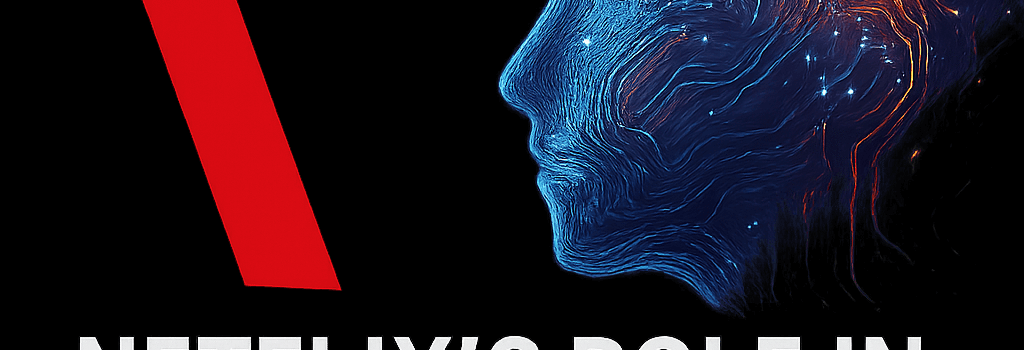Netflix’s Role in Generative AI for TV and Film

Netflix’s First Generative AI Sequence
In April 2025, Netflix dropped its Argentine sci-fi epic The Eternaut, featuring what co-CEO Ted Sarandos called “the very first GenAI final footage to appear on screen in a Netflix, Inc. original series or film.” During a recent investor call, Sarandos detailed how the production innovation group at Netflix Effects Studio Scanline—known internally as the iLine team—partnered with the show’s VFX supervisors to generate a fully AI-assisted building-collapse sequence set in Buenos Aires.
Ted Sarandos: “Our AI-powered tools completed that VFX shot 10 times faster and at a fraction of the cost of traditional pipelines. Creatively, it opened new possibilities without blowing the series budget.”
Traditionally, large-scale destruction scenes rely on practical sets or painstaking 3D simulations in Houdini and Maya, consuming weeks of artist time and hefty GPU render hours. By contrast, Netflix’s team used a custom diffusion model trained on urban demolition plates, then composited the output in real time over 4K live-action footage.
Technical Deep Dive: Generative AI in VFX Pipelines
- Model Architecture: A fine-tuned latent diffusion network built on Stable Diffusion v2, augmented with custom layers for physics-informed collapse dynamics.
- Data Preparation: 200 GB of simulated rubble and architectural scans, ingested via Python ETL scripts into a PyTorch training pipeline distributed across eight NVIDIA A100 GPUs.
- Integration with DCC Tools: Plugin connectors for SideFX Houdini and Adobe After Effects automated prompt-to-keyframe generation, preserving camera metadata at 120 fps, 4K resolution.
- Performance Gains: Single-shot generation in under four hours versus a two-week turnaround for classic rigid-body simulations, cutting VFX spend from ~$200K to ~$20K per sequence.
Ethical and Legal Considerations
Generative AI’s rise in entertainment has sparked debates over transparency and intellectual property. Last year’s controversy around the Netflix documentary What Jennifer Did, accused of undisclosed AI-generated reenactments, underscores the need for clear on-screen labeling and industry guidelines.
Legal experts suggest updates to WGA and SAG-AFTRA contracts to address rights for AI-derived content, while studios consult with IP attorneys to ensure training datasets exclude copyrighted materials without permission. Ongoing negotiations aim to define a framework for “credit sharing” between human creators and AI systems.
Future Outlook: AI-Driven Entertainment
According to a 2024 US Department of Labor report, the special effects and animation workforce numbered 73,300, with projected growth of 3,200 roles through 2033. Analysts at Variety Intelligence Platform forecast that by 2027, up to 80% of mid-budget VFX sequences will be AI-accelerated.
VFX Supervisor Elena Martínez: “We’re already hiring ‘AI prompt engineers’ and data curators to refine model outputs. These new roles blend artistic judgment with technical skills, ensuring creative control remains human.”
Expanding Use Across Netflix
Beyond VFX, Netflix co-CEO Greg Peters highlighted generative AI’s role in personalization and interactive content. The company is piloting conversational recommendation prompts—“I want a dark ’80s psychological thriller”—and plans to roll out AI-driven interactive ads for ad-supported subscribers in 2026.
Greg Peters: “Generative AI isn’t just a cost-saver; it’s a creativity-booster. From pre-vis storyboards to dynamic ad units, we’re embedding it in every layer of the stack.”
Conclusion
Netflix’s AI-powered collapse in The Eternaut is more than a one-off novelty—it’s a bellwether for the entertainment industry. As studios balance cost efficiencies with ethical transparency, generative AI stands to redefine workflows, spawn new technical roles, and reshape audience expectations in both film and television.